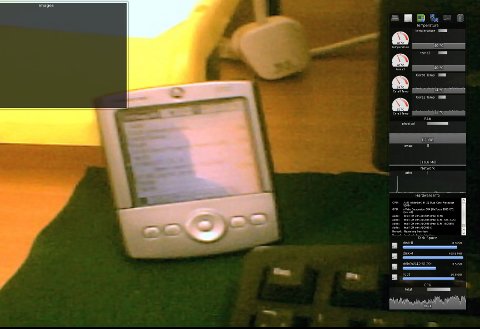The Travesty of Short (i.e. Volatile) URLs

 INYURL used to be one among few services that shortened long URLs for people (snipurl was another). These services would typically be used only when a URL was exceptionally (and perhaps irregularly) long — to the point of being incompatible with some mail/news readers. The landscape has changed somewhat and nowadays, with people becoming lazy and phone-tied, folks assume that original URLs don’t matter, even though they indicate their source, their date, and perhaps title as well, at least most of the time (if properly designed at CMS level). URLs are not merely barcodes, their visibility contributes a lot toward expectation and even the ability to recover broken URLs in the future (based on their source or title). Now that every John and Jane creates his or her own shortener, there is less incentive to keep those services up in the long run, especially once they drive a lot of ‘legacy’ traffic and do nothing for revenue (mere redirections). As the creator of the World Wide Web put it about a year ago, there is also the danger that authorities of TLDs will sooner or later be misusing their power to censor some popular shorteners and immediately break a whole lot of linkage, upon which much of the Web is based. In a sense, short URLs break the Web, but when there are limitations on the number of characters in services like Twitter, people are pressured to use them, even by default.
INYURL used to be one among few services that shortened long URLs for people (snipurl was another). These services would typically be used only when a URL was exceptionally (and perhaps irregularly) long — to the point of being incompatible with some mail/news readers. The landscape has changed somewhat and nowadays, with people becoming lazy and phone-tied, folks assume that original URLs don’t matter, even though they indicate their source, their date, and perhaps title as well, at least most of the time (if properly designed at CMS level). URLs are not merely barcodes, their visibility contributes a lot toward expectation and even the ability to recover broken URLs in the future (based on their source or title). Now that every John and Jane creates his or her own shortener, there is less incentive to keep those services up in the long run, especially once they drive a lot of ‘legacy’ traffic and do nothing for revenue (mere redirections). As the creator of the World Wide Web put it about a year ago, there is also the danger that authorities of TLDs will sooner or later be misusing their power to censor some popular shorteners and immediately break a whole lot of linkage, upon which much of the Web is based. In a sense, short URLs break the Web, but when there are limitations on the number of characters in services like Twitter, people are pressured to use them, even by default.
Best practice is, avoid URL shorteners unless there is absolutely no way around it. And if you must use a shortener, choose one which you believe is most likely to survive the next 5, 10, or maybe 50 years (very unlikely). Otherwise, the URLs will be as useful as a random string, i.e. disposable garbage. As wary as I am of Google, I recently started using Google’s shortener when no other choice exists (identi.ca/Twitter have length limitations). Being a tracker, it’s one service that Google is unlikely to axe any time soon.






 Filed under:
Filed under: 

 OOGLE decided to hop on that whole “social” and “Web 2.0″ bandwagon by further destroying channel views in YouTube, replacing with arguably “simple” layout what people were already accustomed to. There is a parallel migration permitting people to stick to the old layout, but that won’t last for long. It’s merely a grace period, intended to calm down resentful users of YouTube.
OOGLE decided to hop on that whole “social” and “Web 2.0″ bandwagon by further destroying channel views in YouTube, replacing with arguably “simple” layout what people were already accustomed to. There is a parallel migration permitting people to stick to the old layout, but that won’t last for long. It’s merely a grace period, intended to calm down resentful users of YouTube. F YOU are not worried about what you search for and how you surf the Web,
F YOU are not worried about what you search for and how you surf the Web,  ordPress is a leading (probably “the” leading) blogging platform and it is also used extensively as a CMS, even in my business. I run about 10 WordPress sites and I take pleasure in the fact that it is GPL-licensed, community-supported, and managed by very cool and Free software-friendly people.
ordPress is a leading (probably “the” leading) blogging platform and it is also used extensively as a CMS, even in my business. I run about 10 WordPress sites and I take pleasure in the fact that it is GPL-licensed, community-supported, and managed by very cool and Free software-friendly people.
 LOT of people may not know this, but most of my blogging I actually do from a proprietary operating system, Palm OS. I find little reason to write from home, so taking the text out with
LOT of people may not know this, but most of my blogging I actually do from a proprietary operating system, Palm OS. I find little reason to write from home, so taking the text out with 